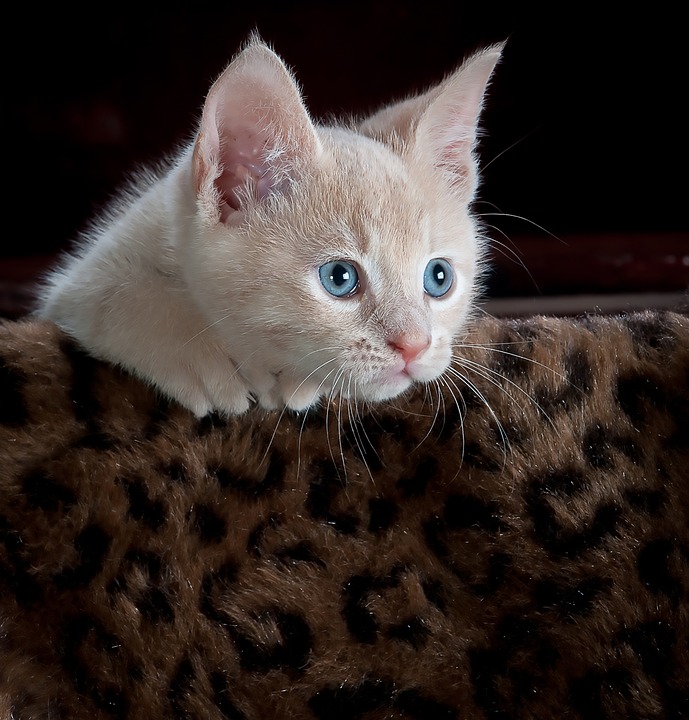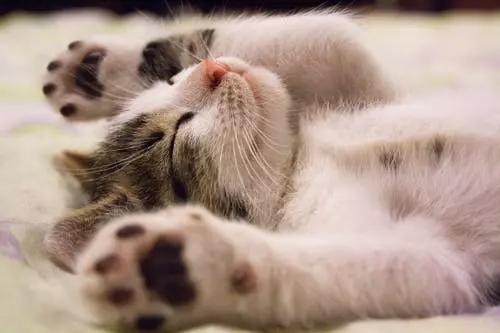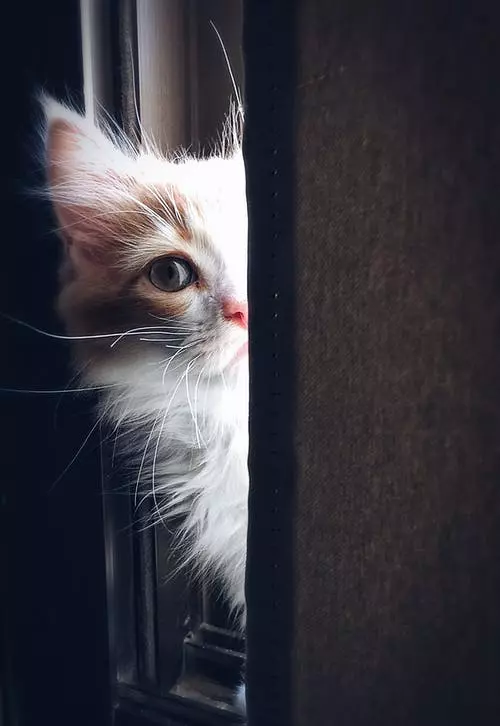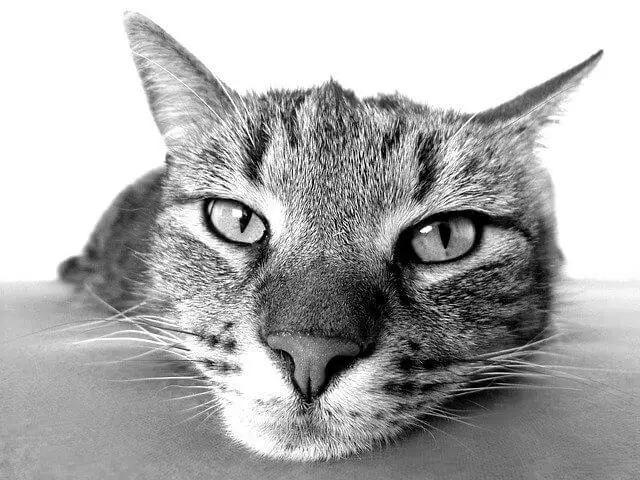Transitioning your cat to a new diet can be a daunting task, but with proper planning and consideration, it can be a smooth and successful process. Cats have sensitive digestive systems, so a gradual transition is necessary to avoid potential gastrointestinal upset and prevent refusal to eat. In this article, we will provide you with valuable tips and best practices to make the transition as seamless as possible.
Before starting the transition, it is crucial to consult with a veterinarian. They can provide professional advice tailored to your cat’s specific needs and discuss any health concerns. They can also guide you in selecting the right cat food for your furry friend.
There are different types of cat food available, including dry kibble, wet or canned food, and raw or homemade diets. Your veterinarian can help you determine which type is best for your cat based on their nutritional requirements and preferences.
Once you have chosen the new cat food, it’s time to plan your transition strategy. Setting a timeline is essential to ensure a gradual transition over 7-14 days. This allows your cat’s digestive system to adjust slowly to the new diet. Observe your cat’s response during this period to ensure they are adapting well.
To start the transition, mix a small amount of the new food with the old food. Gradually increase the proportion of the new food over time. This gradual approach will help your cat become accustomed to the new taste and texture without any digestive issues.
Throughout the transition, it is crucial to monitor your cat’s appetite and behavior. Observe any changes in their eating habits and look for signs of discomfort or digestive issues. If you notice any concerns, consult with your veterinarian for guidance.
Sometimes, cats may refuse to eat the new food. In such cases, it is advisable to try a different brand or flavor that may be more appealing to them. You can also mix in a small amount of wet food or a treat to entice them. Gradually decreasing the old food while increasing the new food can also help encourage acceptance.
If your cat experiences digestive upset during the transition, slow down the process to give their system more time to adjust. Offering smaller, more frequent meals can also help alleviate any discomfort. Additionally, you can consider probiotics or digestive supplements to support their digestive health.
It’s important to give the new diet sufficient time before deciding if it is suitable for your cat. Allow at least 2-3 weeks for them to adjust and monitor their overall health and well-being during this period. If any concerns persist, it is best to seek veterinary advice for further guidance.
In conclusion, transitioning your cat to a new diet requires patience, planning, and careful consideration. By consulting with your veterinarian, selecting the right cat food, and following a gradual transition plan, you can help ensure a successful switch to a healthy and balanced diet for your furry friend.








